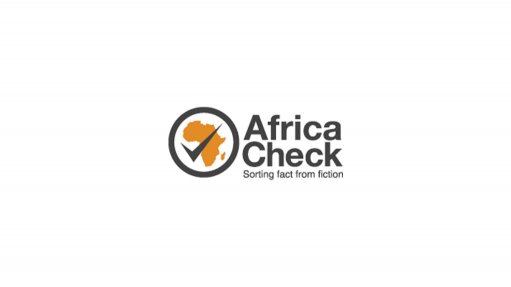
In May 2019 South Africa held its sixth democratic election. Millions queued to make their mark on a longer than usual ballot paper.
The dust is slowly settling with both parliament and the president sworn in, but how did the final poll numbers play out? (Note: The official results of the election can be found here.)
How many parties threw their hat in the ring?
48: The number of political parties who contested the election. This is a 65% increase from the 29 parties in the 2014 general election.
Newcomers included the church-backed African Transformation Movement, the Good party led by former Democratic Alliance mayor Patricia De Lille, and the Capitalist Party of South Africa, popularly known as “the Purple Cow” because of the striking logo that inspired a host of headlines heavy on cow idioms.
Lengthy ballot paper? No problem
An election satisfaction survey conducted for the Electoral Commission (IEC) by the Human Sciences Research Council showed that 95% of voters were satisfied with the ballot papers used in the election and had no difficulty finding their party of choice.
18%: People in the survey with suggestions to improve the ballot paper. Nearly half (46%) of them thought the size of the party logos should be bigger.
16: The average number of minutes voters waited in the queue. Interestingly, in 2014, voters waited the same amount of time.
How many people did not vote?
26 756 649: The number of people who registered to vote in the May 2019 election. This was an increase on 2014, when 25.3-million people registered to vote.
35.9-million: The number of people eligible to vote. Based on the latest voting age population estimates from Statistics South Africa, the country’s data agency, this means only 74.5% of those who could vote registered to do so, the IEC said.
17 671 616: Those who actually voted of the 26.8-million people who registered. This is a voter turnout of 66%, down from 73.47% in 2014.
9.8-million: The number of eligible voters who did not register. About 6-million of them were younger than 30. Of the voters who registered, 21% were under the age of 30.
55%: The share of female voters among those who registered to vote. Women make up 45% of the 400 politicians elected to parliament. This is up from 42% in 2014.
How was turn out in the provinces?
Gauteng province had the highest voter turnout: 68.28% of its registered voters went to the polls on election day. Limpopo saw the lowest voter turnout at just 56.36%.
South Africa’s voter turnout by province in 2019 election
Province Registered voters Voter turnout Share
Gauteng 6,381,220 4,357,348 68.2%
Western Cape 3,128,567 2,073,728 66.2%
KwaZulu-Natal 5,524,666 3,654,701 66.1%
Northern Cape 626,471 401,663 64.1%
Mpumalanga 1,951,776 1,233,544 63.2%
Free State 1,462,508 897,185 61.3%
Eastern Cape 3,363,161 2,001,262 59.5%
North West 1,702,728 970,669 57%
Limpopo 2,608,460 1,470,230 56.3%
SOURCE: Electoral Commission of South Africa
If ‘spoiled votes’ were for a party…
235 472: The number of spoiled votes. Voting for more than one party or writing anything on the ballot paper results in a spoilt vote. It can’t be counted because the voter’s intention is unclear.
But there’s no information on how many votes were spoiled on purpose or in error as the IEC does not research this, Tsile Maswanganyi, a spokesperson, told Africa Check.
If spoiled votes had been for a party, they would have elected at least five representatives to the National Assembly.
Researched by Cayley Clifford, Africa Check, a non-partisan fact-checking organisation. View the original piece on their website